Hundreds of people once bustled about in settlements which have long vanished from the Glencoe landscape.
But a newly-opened attraction is giving visitors a taste of what life was like more than 300 years ago.
The National Trust for Scotland (NTS) has officially opened a replica 17th century turf and creel house on the site of one of the original dwellings.
Inspired by archaeological digs
As well as seeing what life was like around the time of the famous 1692 Massacre, people can also hear the sounds of conversation and music from the time.
The turf house project was inspired by a series of archaeological digs investigating and research in the glen.
Planning permission was granted by Highland Council in April 2020.
NTS recruited a team of traditional building crafts workers to work on the building design of the turf, wattle and thatch structure.
It has the same footprint as one of the 17th century dwellings excavated by archaeologists and volunteers at the former township of Achtriachtan.
Materials used include 60 tonnes of turf, 185 roof caber timbers, 3,500 handmade wooden pegs, 40 tonnes of stone, and six tonnes of heather.
The turf house is now open to explore by visitors to the NTS Glencoe Visitor Centre and the Glencoe National Nature Reserve.
Construction, chatter and ceilidhs
Inside, an audio installation has been created with the help of historians, musicians, local Gaelic speakers and schoolchildren.
It provides a soundscape of more than 200 different elements including wildlife, construction, the chatter of domestic life and the sounds of a traditional evening ceilidh.
The installation was designed by creative producer and sound artist Guy Veale.
Among those who contributed are renowned Gaelic musicians Iain MacFarlane, Ingrid Henderson and Ewen Henderson, as well as Fiona Mackenzie, curator of the NTS Canna House Gaelic archive.
Young Gaelic speakers at Acharacle Primary School were also recorded to give the impression of children at play.
Emily Bryce, NTS operations manager for Glencoe, says the house is a work in progress with more creative projects planned for the interior.
Turf houses ‘tell us a lot’
“Turf and creel houses were once scattered across the Highlands and are an important part of Scotland’s architectural heritage.
“They tell us a lot about the communities in pre-Clearance Highland landscapes like Glencoe.
“While tourists who come here have often heard of the tragic events of the Glencoe Massacre, we want them to go away with an understanding of the lives that were lived here, as well as those that were lost here in 1692.
“This building now offers a great space in which to immerse visitors from around the world, and the community on our doorstep, in the story of those who made their homes here for centuries.
“We are incredibly grateful to the support of all those whose donations have made this project possible and are looking forward to the next stage in its development.
Historic Environment Scotland (HES) funded two trainees to support the project team while developing their own skills, including traditional building crafts and heritage engagement and interpretation.
Glencoe Gaelic culture
One of the trainees, Lucy Doogan, grew up in Glencoe and can trace her family back to those who lived here at the time of the Massacre of 1692.
She said: “It has been fantastic to have the opportunity to be part of this.
“Our creel house really helps visitors visualise a time when the glen itself would have looked very different to how it does today, home to a bustling community living in wee townships with a rich Gaelic culture.
“I hope we can rekindle this past while creating new stories here in the future.”
Free daily guided tours are held around the turf and creel house and a film charting its construction is shown in the visitor centre.
Are you interested in more exclusive and breaking Highland and Islands news from the P&J? If so, why not join our dedicated Facebook page HERE
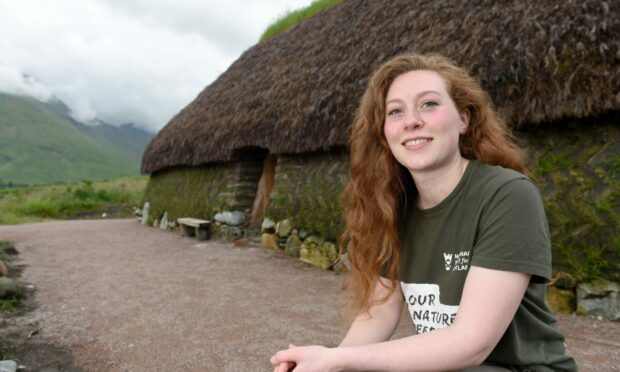
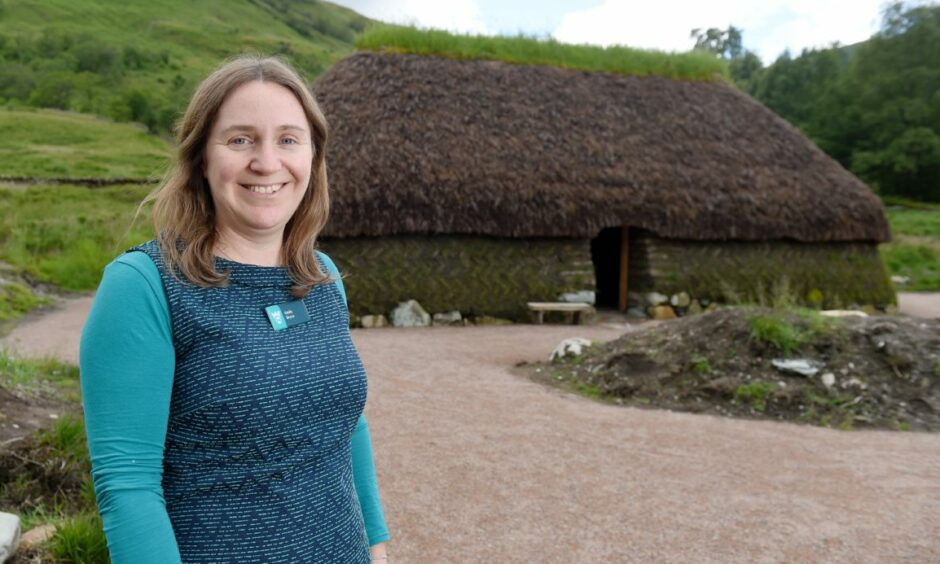
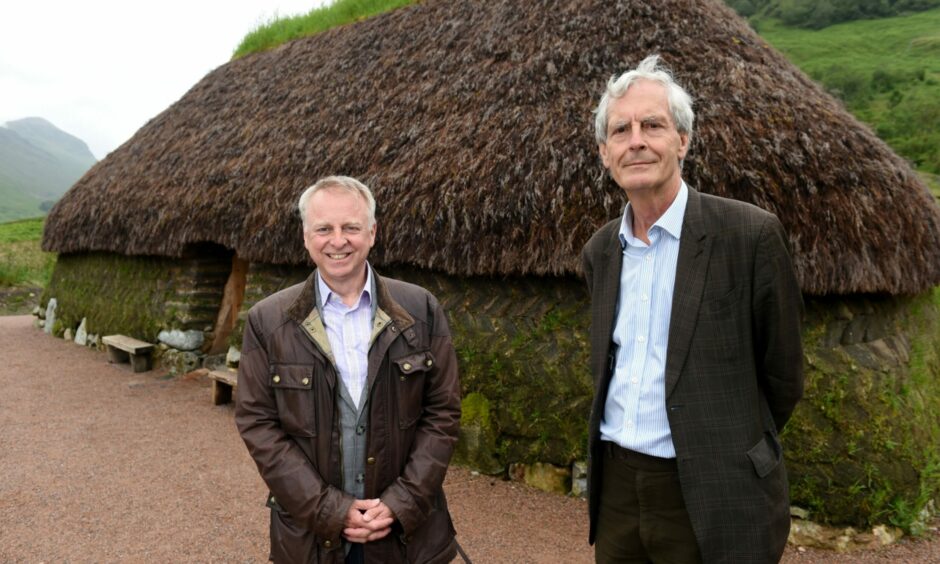
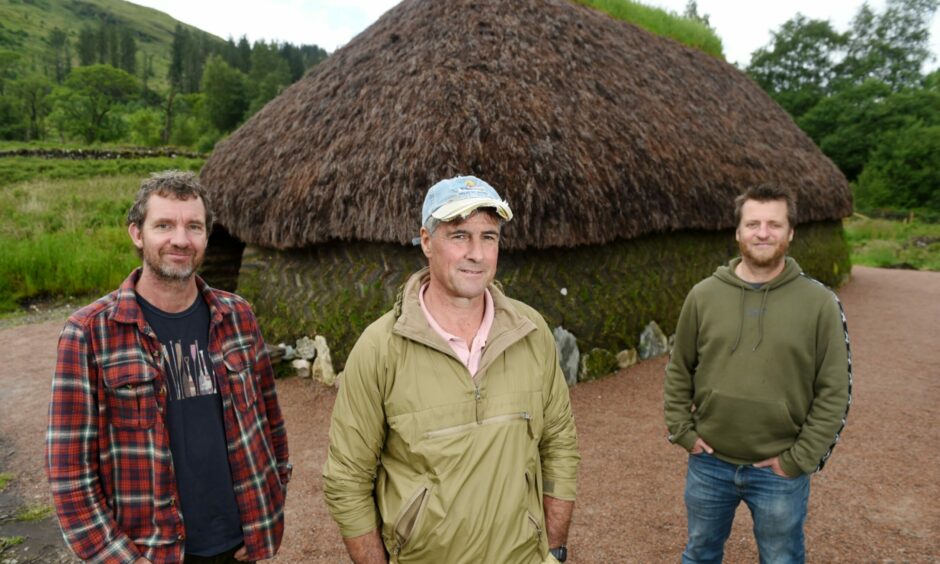
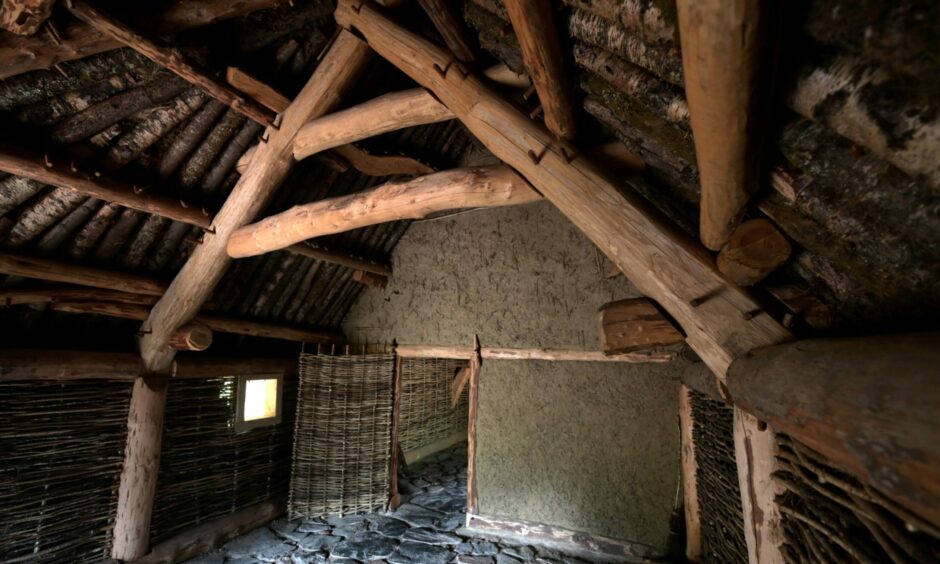
Conversation